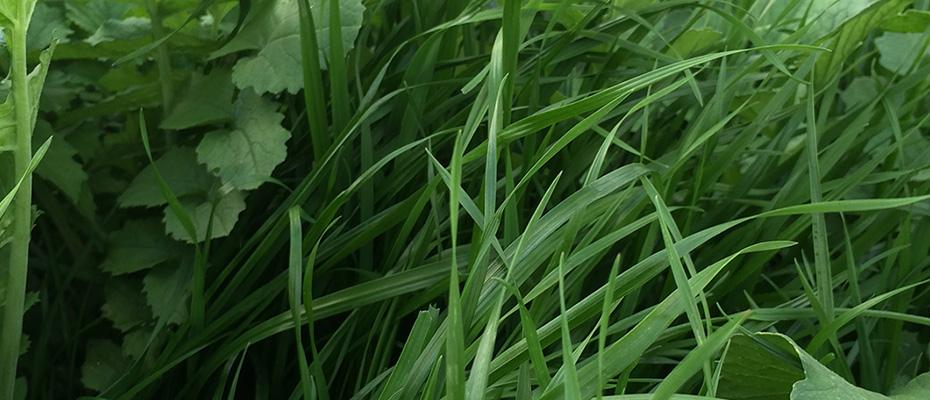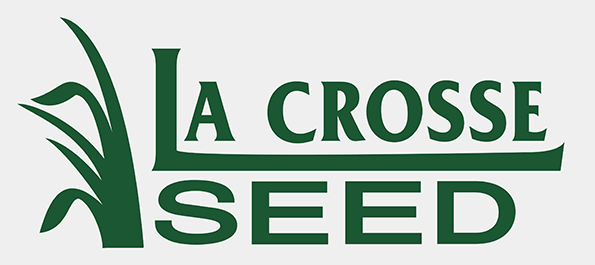Solving the Soil Health Puzzle? We Have you Covered. Cover crops are an important piece to soil health and future profit. We know it takes work and is puzzling at times. Soil First® provides quality products plus tips, tools and solutions to help cover crops work for you. As challenges arise, we are ready with the pieces you need to succeed.

88% Annual Ryegrass
12% Tillage Radish
Soil First® 160 Rooting cover crop mix is a sensible blend of radish and ryegrass developed for maximizing root mass and capturing nutrients.
Characteristics:
Non-Forage Benefits:
1 = Poor; 5 = Excellent
Compaction Alleviation: 5
Weed Suppression: 4
Biomass Production: 4
Erosion Control: 4
Disease/Pest Control: 4
Pollinator/Beneficials: 3
P & K Cycling: 4
Ease of Establishment: 4
Nitrogen Fixer/Scavenger: Scavenger
Nutritional Value:
Values Vary Greatly Depending on Maturity
Crude Protein: 10-14
DM Tons/Acre: 2-4
Days to First Harvest: 45-50
Days to Next Harvest: Spring
Ranking (Good, Better, Best):
Graze: Best
Baleage: Good
Chop: Better
Seeding:
Planting Time:
July-Sept.
Seeding Rate:
Mono (lbs./acre): 35-40
Forage (lbs./acre): 40-50
Seeding Info:
Seeding Depth (in./with drill): 1/4-1
Germination Soil Temp.: 45 F
Bulk Density (lbs./ft.³): 50
Aerial Application Rate: Not Rated
Management:
Best Use:
Designed for maximizing biomass on open opportunity ground late summer and/or early fall; can be utilized prior to any cash crop when taken off as forage.
Termination:
Triticale can be controlled with traditional glyphosate rates prior to 12-18 in. growth. 2 ft. tall triticale should be controlled with roller or crimper. If mowing, wait until triticale begins to flower. Radish will terminate with multiple nights in the teens. If radish survive, glyphosate and 2,4-D offer an effective control method. Forage brassicas will typically winterkill with temperatures below 25 F and collards are winderhardy to -15 F. Forage brassica can be controlled with glyphosate and 2,4-D, however collards require other broadleaf herbicides, if not grazed out completely.

Ratings
Scale 1-9, where 9 = best or most pronounced
Compaction Alleviation
Weed Suppression
Biomass Production
Erosion Control
Disease/Pest Control
Pollinator/Beneficials
P & K Cycling
Ease of Establishment
- Best combination of species for breaking up hard pans and holding onto leftover nutrients
- Flexible seed mix to use in front of corn, soybeans, and many other cash crops
- SF 160 Rooting cover crop mix works well with fall manure applications; annual ryegrass is fairly tolerant to salt differences in manure
- Annual ryegrass justifies spring management planning in areas where it’s known to overwinter












